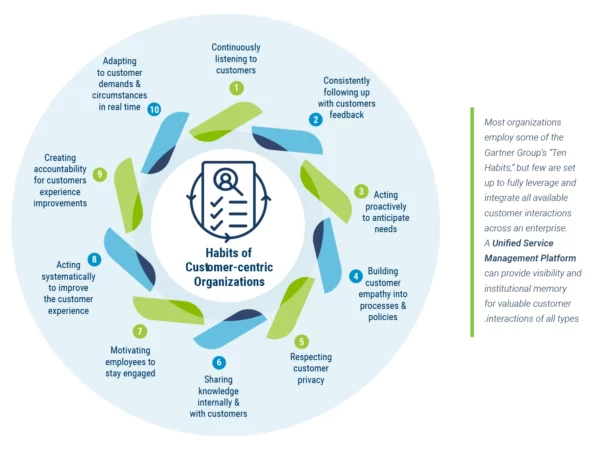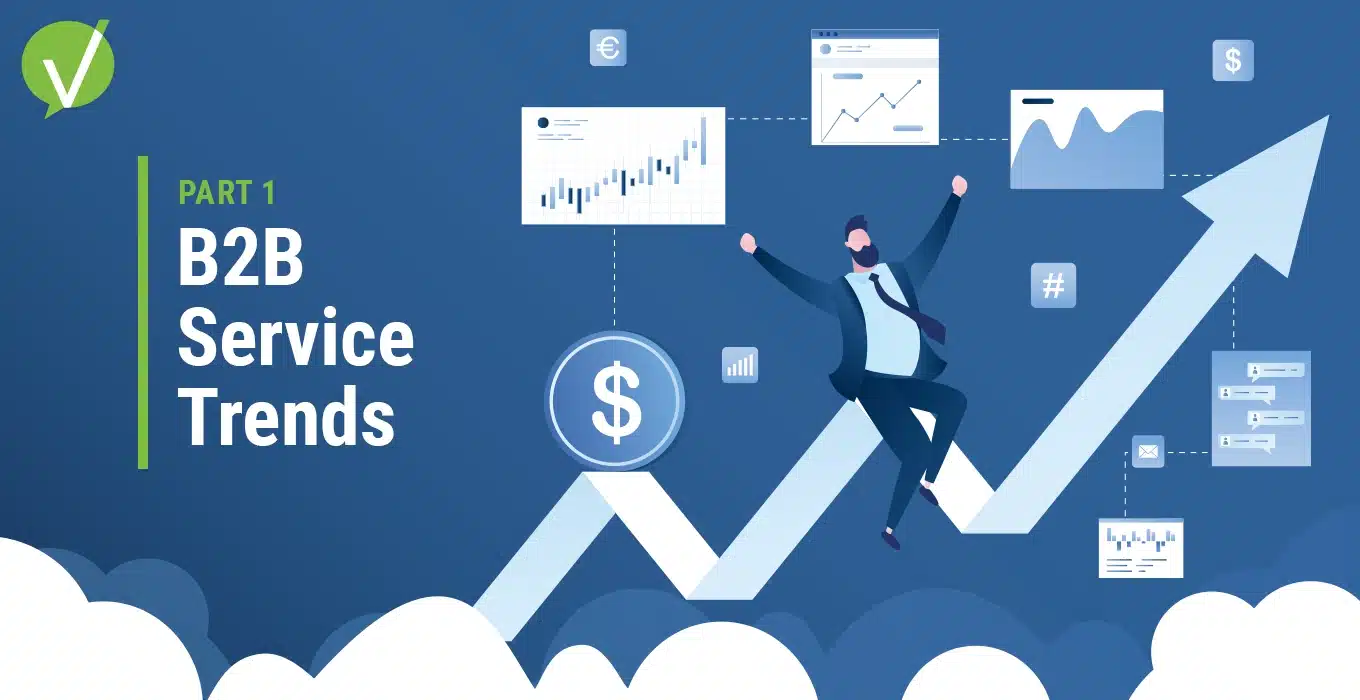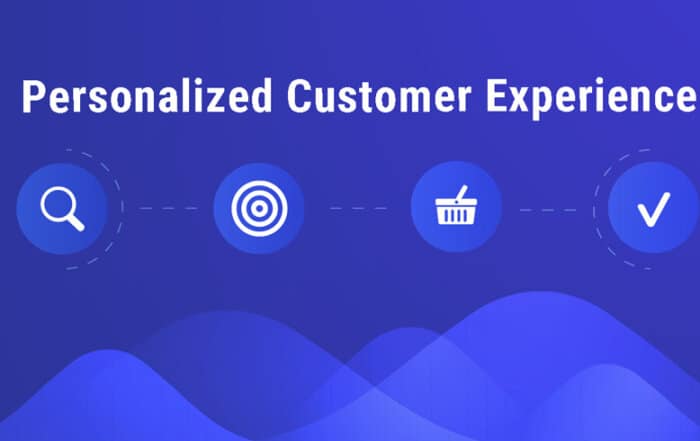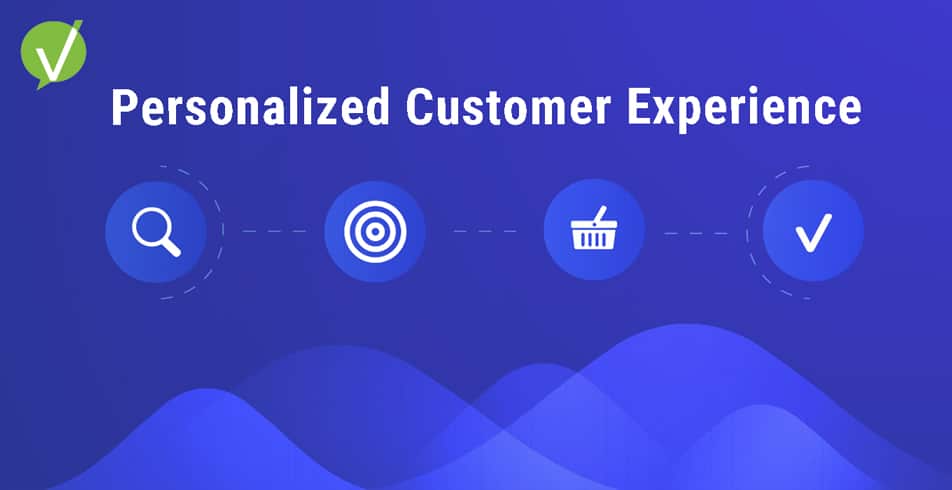B2B Customer Service Transformation: Embracing the Service-Driven Era
Introduction
Welcome to the first in a series of ten blog posts, drawing insights from the Vivantio eBook, The Complete Guide to B2B Customer Service Transformation. We kick off the series discussing the evolution of B2B service trends, a shift that has significantly altered the conventional business landscape.
In an era of digital dominance, labelling a business as a “service business” is becoming an obsolete distinction. Nowadays, every business, regardless of its industry, be it healthcare, energy, or tech, is essentially a service business. It thrives on the principles of co-creating value with customers and designing comprehensive experiences that surpass market expectations.
B2B Customer Service Transformation
In a compelling departure from traditional business models, companies across various sectors are integrating customer service at the very heart of their strategic plans. From manufacturers of farm equipment to mid-sized law firms, businesses are leveraging customer service as a pivot around which all other operations revolve. As a result, customer service organizations are playing an increasingly indispensable role in driving business activities.
“Highly successful companies have realized that the boundaries between products, services, and environments have blurred [Companies] know they need an integrated view to design end-to-end experiences that are truly valuable to consumers and successful in the market.”
This newfound focus on customer service presents several advantages for businesses. As illustrated in the case of an electric utility featured in this Vivantio eBook, centralizing customer service allows companies to guide crucial planning and operations processes based on customer interactions. This approach offers valuable data to aid planning, enhances customer intimacy to mitigate churn, and optimizes customer service management (CSM) costs.
B2B companies may initially seem less vulnerable to customer service fluctuations, given their lower customer volume compared to B2C entities. However, evaluating the situation from an economic standpoint reveals considerable risk. B2B organizations typically involve intricate, dynamic relationships with various stakeholders, such as vendors, contractors, internal teams, and, crucially, customers. Consequently, the importance of focusing on customer service becomes abundantly clear.
Noted in Gartner’s research, customer-centric organizations display certain characteristics that form the bedrock of a B2B business’s operations. A Unified Service Management Platform, for instance, can significantly enhance visibility and institutional memory of customer interactions across an enterprise.
In the fierce arena of B2B competition, superior customer service often emerges as the distinguishing factor. The importance of exceptional customer experience has grown exponentially, with almost ninety percent of companies now competing primarily based on this parameter. Moreover, B2B companies, given their high-stake relationships, must continuously strive to exceed customer expectations. In the age of freely available alternative supplier information and customer reviews, the endorsement for excellent service becomes even more urgent.
Successful customer service, therefore, mandates a closer proximity to your customers, heightened transparency in your business processes, and an ability to offer instant responses. It’s not just about meeting the customer’s needs but foreseeing them and using real-time data from across the enterprise.
In Summary
As we wrap up this first installment, the paradigm shift from product-centric to service-centric B2B models is abundantly clear. B2B customer service transformation is redefining how businesses view their customer relationships and how they strategically place customer service at the heart of their operations. Today’s successful B2B enterprises are those embracing service as their true core product, creating experiences that foster customer loyalty and stand out in a competitive market. The dawn of this service-driven era presents exciting opportunities, but also complex challenges that require thoughtful navigation.
Stay tuned for the next blog post in this series, where we’ll review chapter 2 and delve deeper into ‘Service Optimization‘, a key component that propels customer service excellence. Until then, we encourage you to reconsider how your organization values and prioritizes customer service in this evolving landscape. Remember, superior customer service isn’t just a department; it’s a philosophy that permeates every aspect of your business.
Additional Reference Resources:















